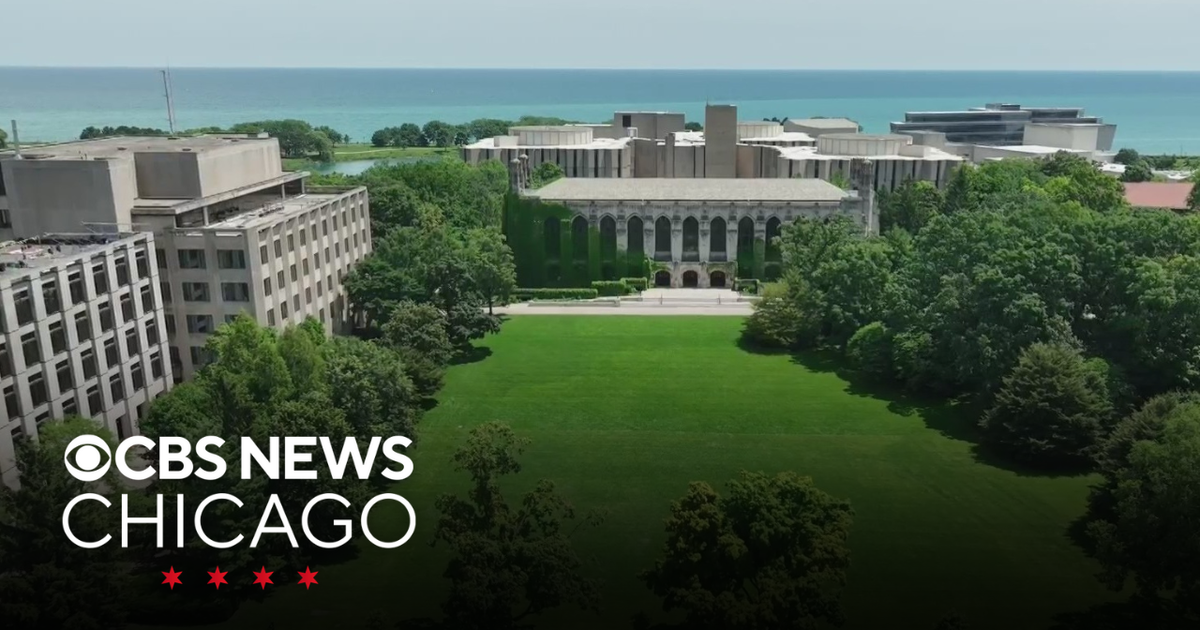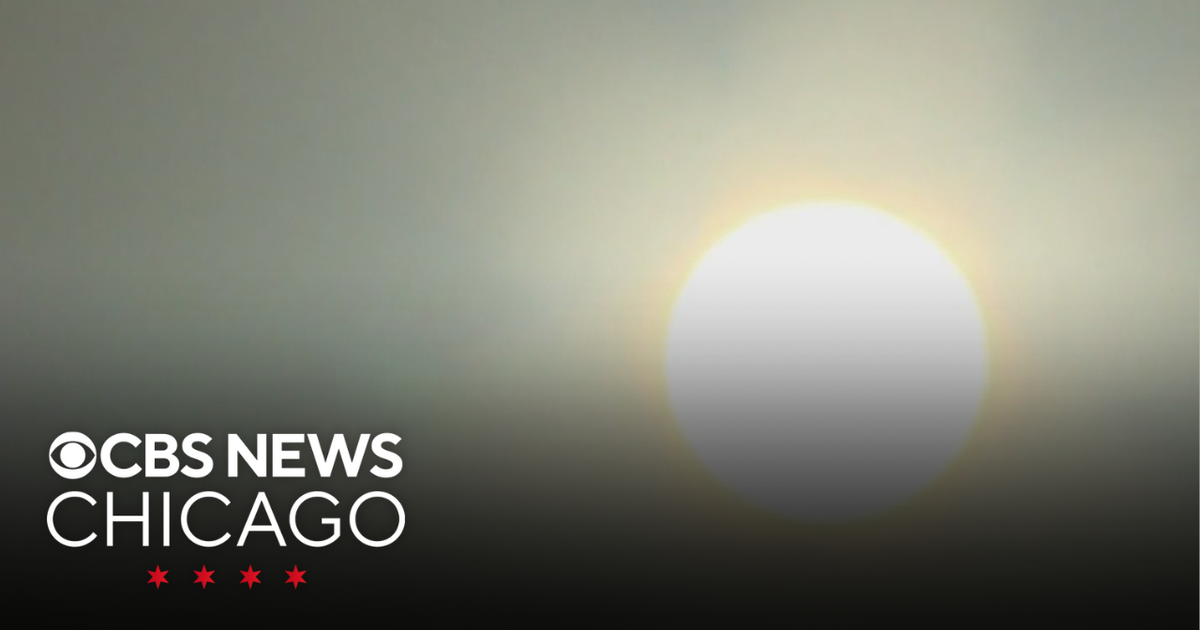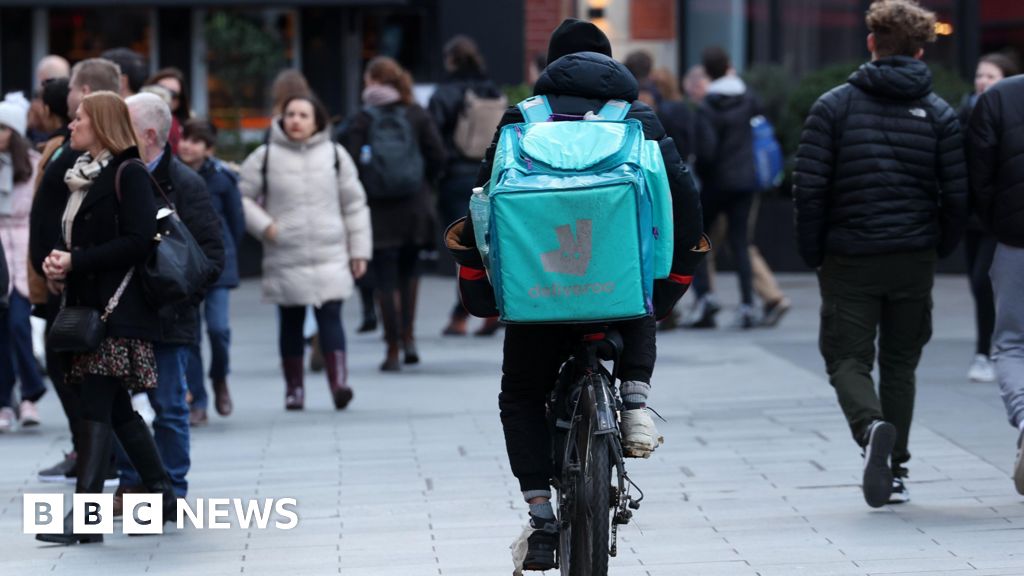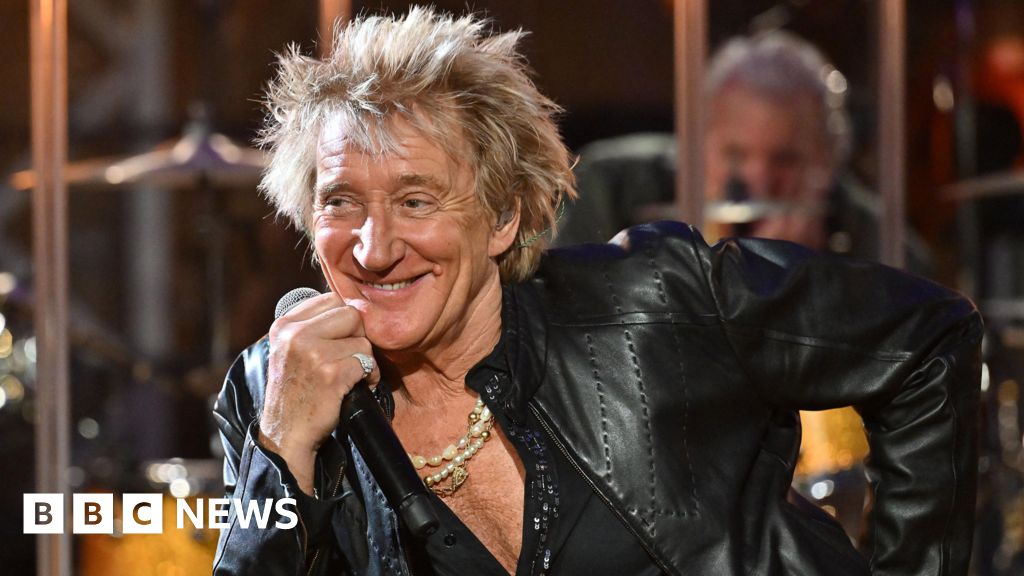- Hinge Health and Omada Health reawakened the digital health IPO market with their public debuts.
- But bankers say most digital health startups in line for IPOs aren't ready to follow them this year.
- Some late-stage startups are eyeing 2026 exits as they face a stricter market for IPOs.
After a three-year IPO drought in digital health, Hinge Health and Omada Health finally nudged open the door to the IPO market. But don't expect a flood of new healthcare IPOs this year.
Investors and bankers told Business Insider that they don't anticipate many other digital health startups to brave the public markets until at least 2026.
Physical therapy company Hinge Health and chronic care provider Omada Health both went public in the first half of the year. Both companies' shares surged on their IPO dates, signaling to the long line of private healthcare companies desperate for exits that public investors could be finally willing to buy new healthcare stocks.
But rumors about additional healthcare IPOs this year have been scarce. At least in part, that's because some healthcare startups have been waiting for their peers to test the IPO waters before launching their own efforts, said Rob Stowe, head of Americas equity capital markets at Barclays.
"There's a fair number of companies that hadn't planned for the current IPO window and weren't set up for it," he said. "I give credit to the companies that have come to market, because they had to prepare in anticipation of a potential window rather than acting based on other successful IPOs."
For many startups that have taken the IPO plunge in the first half of the year, those leaps of faith have paid off. Hinge Health, for example, has seen its market cap surge more than 40% above its IPO valuation since its May IPO (though it's still down from its sky-high private market valuation). Outside healthcare, companies including stablecoin issuer Circle and cloud computing company Coreweave have seen their shares soar after their IPOs, signaling renewed investor appetite for new listings across industries. CoreWeave's stock has climbed over 330% since its March debut, while Circle's stock has exploded more than 630% since its early June IPO, as of Wednesday morning.
Now that Hinge Health and Omada Health have gone public, venture-backed digital health startups can breathe easier knowing IPOs are on the table again, at least for the few late-stage healthcare startups with the right financial profiles. and kick off more official IPO preparations if they're otherwise ready to exit. But facing those high standards for public healthcare companies, continued market uncertainties, and the amount of preparation required for a public market debut most healthcare IPO hopefuls are targeting exits in 2026 or later, investors, bankers, and analysts told BI.
"Within the next 12 to 18 months, I think we're likely to see more listings. Whether that happens in the next few months, I'm not convinced," said Aaron DeGagne, a senior healthcare analyst at PitchBook.
The long road to IPO
You might expect the return of digital health IPOs to trigger a stampede of public market debuts, since healthcare startups haven't seen a receptive IPO market since 2021.
Several companies appear to have been waiting to make their debut since the last IPO window closed in 2022. Hinge Health, which went public last month, told CNBC after its $300 million Series D raise in 2021 that the musculoskeletal company hoped to go public as early as 2022. Care navigation company Included Health had also been targeting an early 2022 IPO, BI reported back in 2021; CEO Owen Tripp confirmed in January that the company had confidentially filed its S-1 at the time in preparation. Included Health hasn't yet exited.
But the lineup of healthcare companies weighing their exit options against market instabilities can't just go public on a dime whennow that the IPO window appears to be opening.
Once a startup has decided to begin the official process to go public, Stowe said, the work involved to get to the IPO date will take at least six months. The total planning and preparation usually requires a year or more, he said.
For the companies that waited for Hinge Health and Omada Health's debuts to launch their own IPO processes, that means the earliest they could likely go public would be the last couple of months of 2025.
And some market uncertainties remain that could leave healthcare companies uneasy and delay their IPO efforts. Stowe said public investors continue to shy away from businesses that could be exposed to tariffs in the face of President Donald Trump's shifting tariff policies. That could further push back IPOs for companies like Medline, a medical supply maker that manufactures many products in China. Medline confidentially filed its S-1 to go public in December.
Morgan Cheatham, partner and head of healthcare and life sciences at Breyer Capital, said he's not aware of any healthcare startups in the IPO pipeline for this year.
Instead, he said he expects lots of M&A activity in the next few months, as startups that aren't IPO-ready but are looking for an exit — or a lifeline — try to get bought or merge with a competitor.
"There are lots of companies having this conversation in the boardrooms right now: roll or be rolled," Cheatham said.
Standards still out of reach for some
Even with the IPO window cracked open, not every healthcare company hoping to go public is positioned to step through.
"The companies that are very good IPO candidates right now are still a smaller subset than what you saw four or five years ago," said Barclays' Stowe. "For the earlier-stage, pre-profitability businesses, that's a much harder conversation across the market."
Profitability remains a key concern for investors, a standard that even the strongest IPO candidates can't always meet. Omada Health continues to report losses, including a net loss of $9.4 million in the first quarter of 2025.
Companies that aren't profitable may need to compromise further on valuation so their stock doesn't trade down, PitchBook's DeGagne said. While Omada Health's stock popped when it went public at a $1.1 billion valuation, roughly flat with its last private valuation of over $1 billion in 2022, the company saw its shares begin to decline in the days after its IPO in early June. As of Tuesday, its market cap sits at $875 million.
And startups across the board are already being forced to make significant valuation concessions to go public. While Hinge Health is profitable and reported more than double Omada Health's revenue last year, its $2.6 billion IPO valuation represented a 58% markdown from its last private valuation of $6.2 billion, notched in 2021.
Hinge Health's stock has climbed significantly since its May IPO, however. The company boasts over a $3.6 billion market cap as of Wednesday.
DeGagne added that investors might be more forgiving toward unprofitable healthcare AI businesses as retail buyers chase the emerging tech's growth stories.
Startups in hot industries could also get a boost in their IPO timelines, DeGagne said, pointing to Omada Health's obesity care business, which has surged as prescriptions for weight-loss drugs like Ozempic continue to climb.
Stowe said Hinge Health's and Omada Health's IPOs send positive signals for the IPO market as a whole, whether or not startups decide to take advantage of the opening right away.
"The market is pretty robust. It's not going to be for all companies, but conditions feel as strong as I've seen them in a while," he said. "In the near term, at least until we get another macro shock, you've got the right backdrop."






.jpeg)

 English (US) ·
English (US) ·